There is no doubt that the Apple TV hardware is in dire need of an update — but Apple is still well-positioned to grow its presence in the living room. Here are a few different approaches that Apple could take with a next-generation Apple TV set-top box.
The fifth-generation Apple TV 4K debuted in September 2017, two years after the launch of its predecessor. The stagnant hardware is fine for streaming services like Netflix, Disney+ or Apple's own Apple TV+, but it quickly begins to struggle when the the latest iPhone and iPad games — including those available on the Apple Arcade service — are run natively on the device.
The latest Apple TV runs the A10X Fusion chip, which is also found in the iPad Pro models that launched in 2017. While perfectly fine for basic streaming needs, the brains of the Apple TV doesn't exactly justify the same price tag in 2021.
Starting at $179, and going up to $199 for more capacity, the Apple TV pales in comparison to the $299 Xbox Series S, which streams from all services and plays the latest and greatest games. It's also competing with the likes of Roku, Amazon Fire TV and Chromecast, all of which have streaming stick options at the sub-$50 price point. And, Apple is competing with itself, given HomeKit and the Apple TV app on a wide array of smart televisions.
We know the Apple TV hardware is due for an upgrade, and we know Apple is likely to launch one in 2021 — if rumors are to be believed. But what direction will the company take? Here are a few options to consider that could take the platform to greatness.
The established Apple TV route: Upgrade the SoC, nothing more
This feels like the most obvious and likely outcome for the Apple TV, especially when one considers the tvOS platform that it runs has not seen any major upgrades or overhauls in years. If the Apple TV is to remain a "hobby" in its maker's eyes, simply putting a newer and faster processor in there and maintaining the same price points is the easiest route.
That's not to say this route would be a bad thing. Imagine a set-top box with a fan-cooled A14X processor, capable of playing the latest games just as well as the iPhone 12 Pro and a theoretical 2021 iPad Pro. When paired with an Xbox or PlayStation controller, this system would be able to play Apple Arcade and App Store games for years to come.
Add the U1 chip to support spatial audio on the latest AirPods devices, and you've got yourself a great little home theater streaming device.
But this approach seems a bit boring, does it not?
The AirPort route: A whole home hub
The Apple TV already serves as a HomeKit hub, serving as a bridge that allows users to connect to their smart home devices when they are away from home. But what if Apple took this a step further, and brought back its AirPort router capabilities to be a true smart home centerpiece.
Though Apple abandoned its AirPort line of routers back in 2018, the landscape of Wi-Fi router options remains inconsistent, and is sorely lacking Apple's mix of quality and ease of use. To this day, Apple fans continue to clamor for a next-generation AirPort with robust wireless support and perhaps a foray into mesh networking.
HomeKit remains a growing segment of Apple's business, and tapping into the connectivity of devices is not only a logical step for growing the HomeKit platform, it also pairs nicely with making the Apple TV the connected center of the home.
A recent rumor claims Apple is exploring other connected home hub devices, including HomePods with screens. It's easy to see how these could be an extension of a next-generation Apple TV, serving as an entry point for users to connect with their devices and access data, while also expanding wireless coverage throughout the home and covering any dead spots.
The HomePod route: A smart soundbar
Or maybe the next-generation Apple TV could be less about Wi-Fi and more about smart home control (with quality sound to boot).
March's announcement that the original HomePod has been discontinued has left fans wanting for bigger sound than the excellent-but-small $99 HomePod mini can provide. Perhaps the HomePod was discontinued to set the stage for an Apple TV integrated into a booming smart soundbar.
This would not be some Frankenstein-like device — or, in the words of Apple CEO Tim Cook, a converged refrigerator-toaster. Everyone knows that the built-in speakers found on television sets are constrained by physics, and crap, even on pricey high-end models.
Apple could justify the cost of a more expensive Apple TV, and also expand the presence of Siri in the home, by making the tvOS interface part of a soundbar that lives in front of your TV.
The Apple Arcade route: A gaming model bundled with a controller
Or maybe it's all about the games? After all, the current Apple TV hardware is fine for streaming 4K content.
But the one thing that can also use more horsepower is next-generation games. And while Apple critics might point out that the company's history in the "serious" games space is lacking at best, Apple Arcade is a crucial component of Apple's services offering and of the Apple One bundle upsell. For Apple Arcade to continue to be an appealing value-add for consumers considering Apple's services, the Apple TV needs to remain relevant, and capable of playing the latest games that are also available on iPhone and iPad.
It's difficult to take the Apple TV seriously as a gaming device when it doesn't ship with a workable gaming controller, however.
Apple has made strides by adding support for Bluetooth controllers for Xbox and PlayStation, but those are still $60+ purchases that must be made separately. And how many Apple TV owners know that they can use those controllers with their set-top box?
If gaming on the Apple TV is ever going to catch on, Apple needs to offer a model that ships with a controller, whether it be a standard Microsoft Xbox controller, or something entirely new and built for Apple TV designed by the company itself.
The much-maligned Siri remote for Apple TV could warrant its own separate post entirely, but suffice to say that it alone is not an adequate input method for gamers.
The iPod shuffle route: An inexpensive, simple streaming stick
Or maybe it's all about the price. Just as Apple had to pivot with the HomePod and go after a much more affordable segment of the market, perhaps the company needs to take the same approach to the living room.
The current streaming device landscape consists of the aforementioned inexpensive options from Amazon, Google and Roku, or a high-end market dominated by Microsoft and Sony.
The second-generation Apple TV, which debuted in 2010 and was the first to run a variant of iOS, hit an affordable $99 price point. The third-generation model, which launched in 2012, maintained a sub-$100 entry for consumers. It was with the fourth-generation model, which runs the tvOS platform, that the price grew to $149, and the current fifth-gen model raised the entry to $179.
If Apple has in fact priced itself out of the market with that level of functionality, perhaps the company needs to focus on an inexpensive and simple model that sticks to streaming and competes at the low end.
The unlikely route: Give up on the hobby
Apple TV+ has gone multiplatform, as the video streaming service from Apple is now available on competing streaming hardware, including smart TVs. Many new smart TVs also ship with support for AirPlay, taking another crucial Apple TV capability and making it nonexclusive.
So does Apple even need the Apple TV hardware anymore?
Aside from TV support for Apple Arcade, you could make a case that it does not need to continue making a set-top box. Like its exit from the router business, Apple could simply announce that there are plenty of other, adequate products in the market, and it is happy to support them with its own Apple TV+ streaming service.
This approach, however, seems unlikely for a number of reasons, most significantly that it would see Apple cede control over a key part of its users' daily lives. Apple's marriage of hardware and software, offering best-in-class experiences, is at the very foundation of the company, and abandoning its presence in the living room would seem to run contrary to that.
Consider the alternative: Offering Apple TV+ and AirPlay primarily on Android-based smart TVs from companies like Samsung, LG, Vizio and Sony, all of which have been found to collect and share considerable amounts of personal data for advertising and tracking purposes. As a champion of user privacy, Apple is unlikely to walk away and rely on external partnerships, knowing that it would be abandoning loyal customers who don't want or trust the competition.
The best route: All of the above?
If the Apple TV is to ever be promoted from its "hobby" status, that probably means that Apple would need to enhance and grow the product lineup with more options. So perhaps that means it employs a few of the potential outcomes outlined above, allowing the company to hit various price points and needs.
It's not difficult to envision a premium Apple TV with soundbar and/or built-in Siri smart home capabilities, being sold alongside an inexpensive $50 stick with access to the tvOS App Store limited to streaming apps. And perhaps in the middle there could be a gaming-focused model, shipping with a controller but not focusing on the extraneous voice and smart home controls that gamers might not care about.
Consider the iPad lineup. While the iPad hardware is essentially just a blank canvas, Apple's lineup has only grown over time to suit different needs at different price points. There are two iPad Pro sizes, at 12.9 and 11 inches, an iPad Air at 10.9 inches, a budget 10.2-inch iPad at just $329, and the 7.9-inch iPad mini. If the iPad can justify five different models in its lineup, why are the options for Apple TV so limited?
The launch of Apple One last fall feels like the strongest case in years for Apple to re-invest in its living room push. Apple Fitness+, Apple TV+, Apple Arcade and Apple Music aren't hobbies at all — they're are all fantastic experiences that play best on your big-screen TV and home theater.
 Neil Hughes
Neil Hughes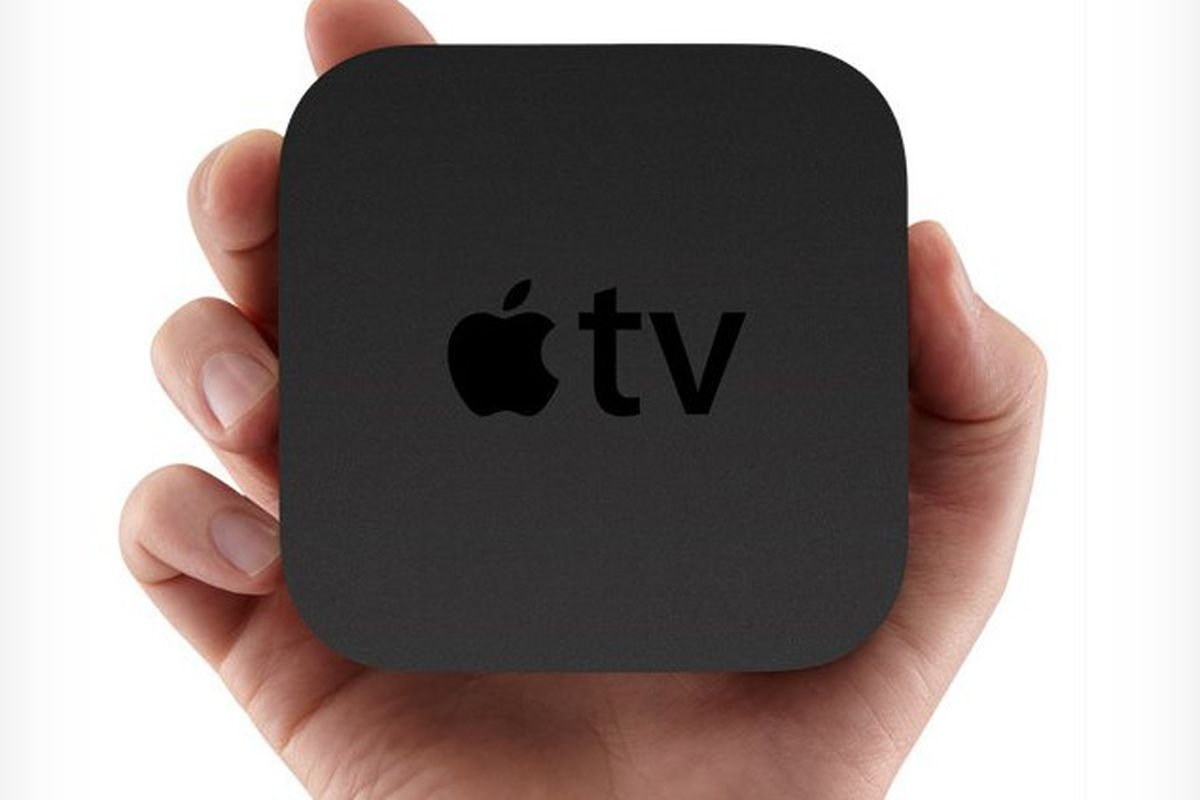
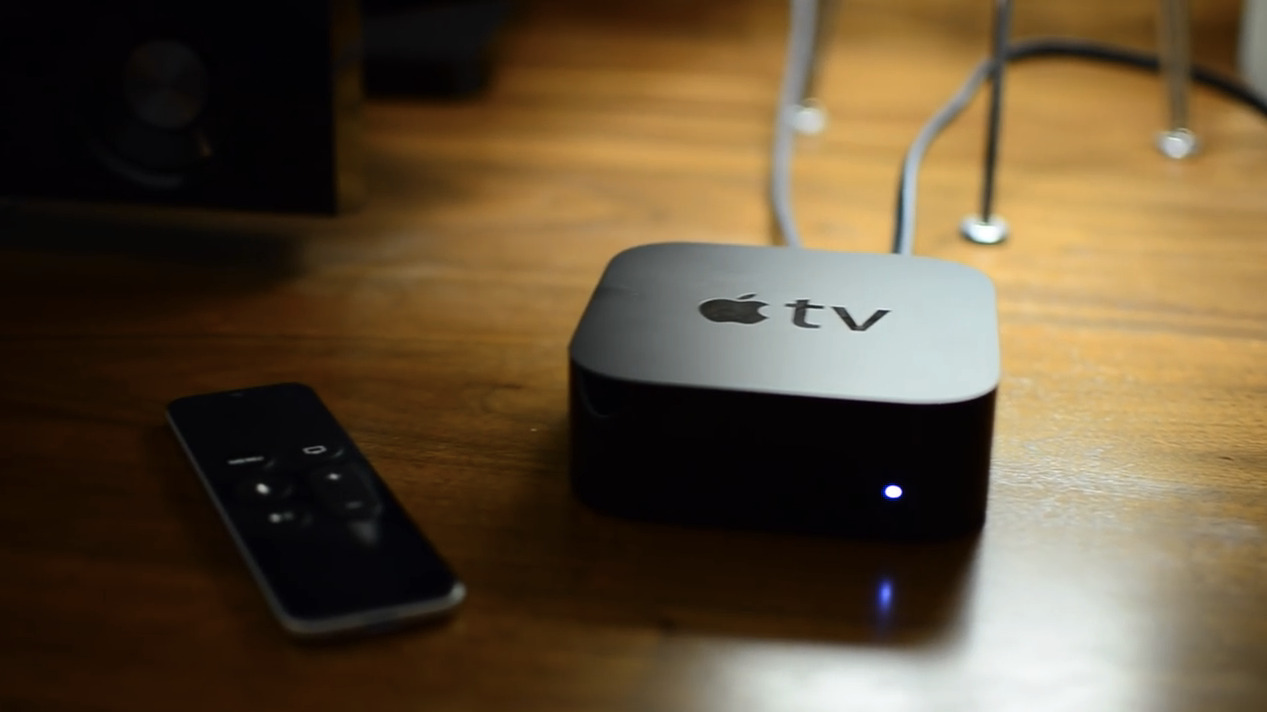
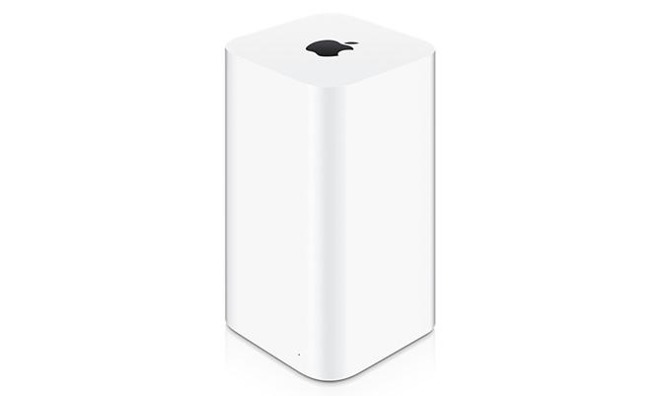
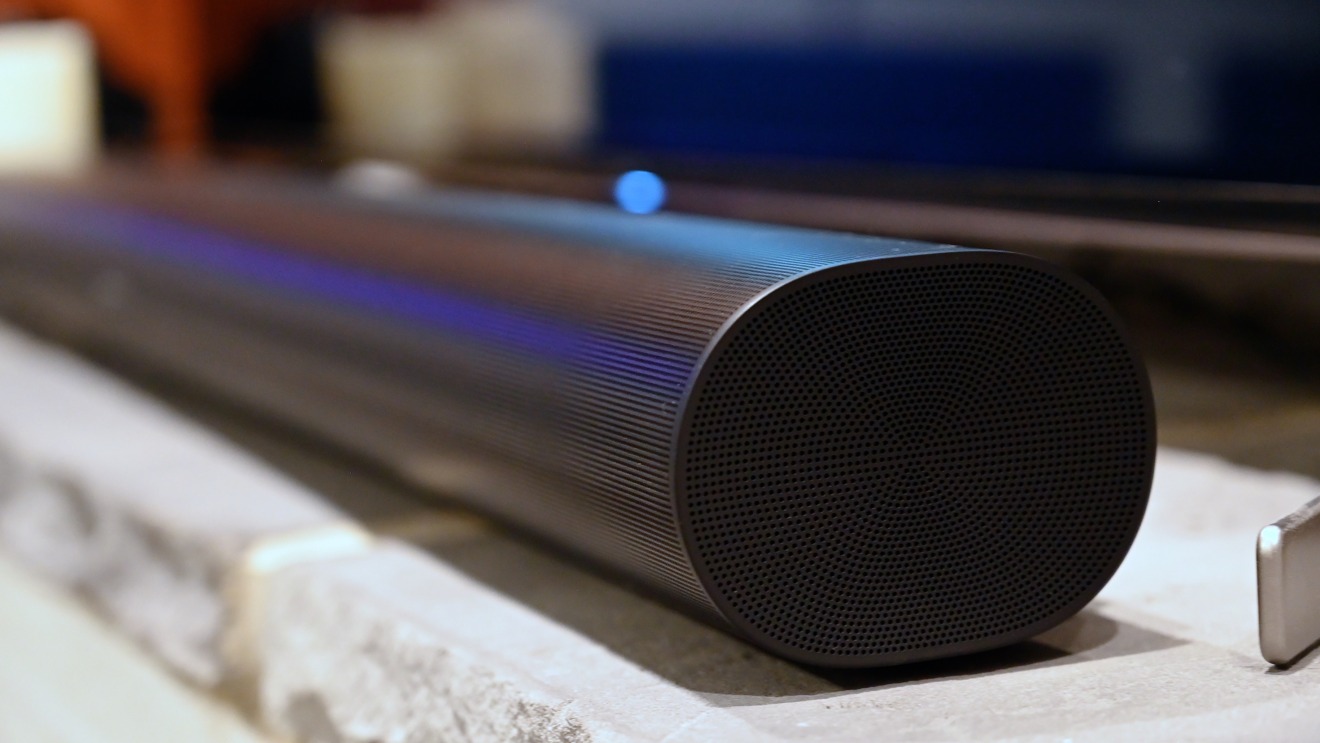
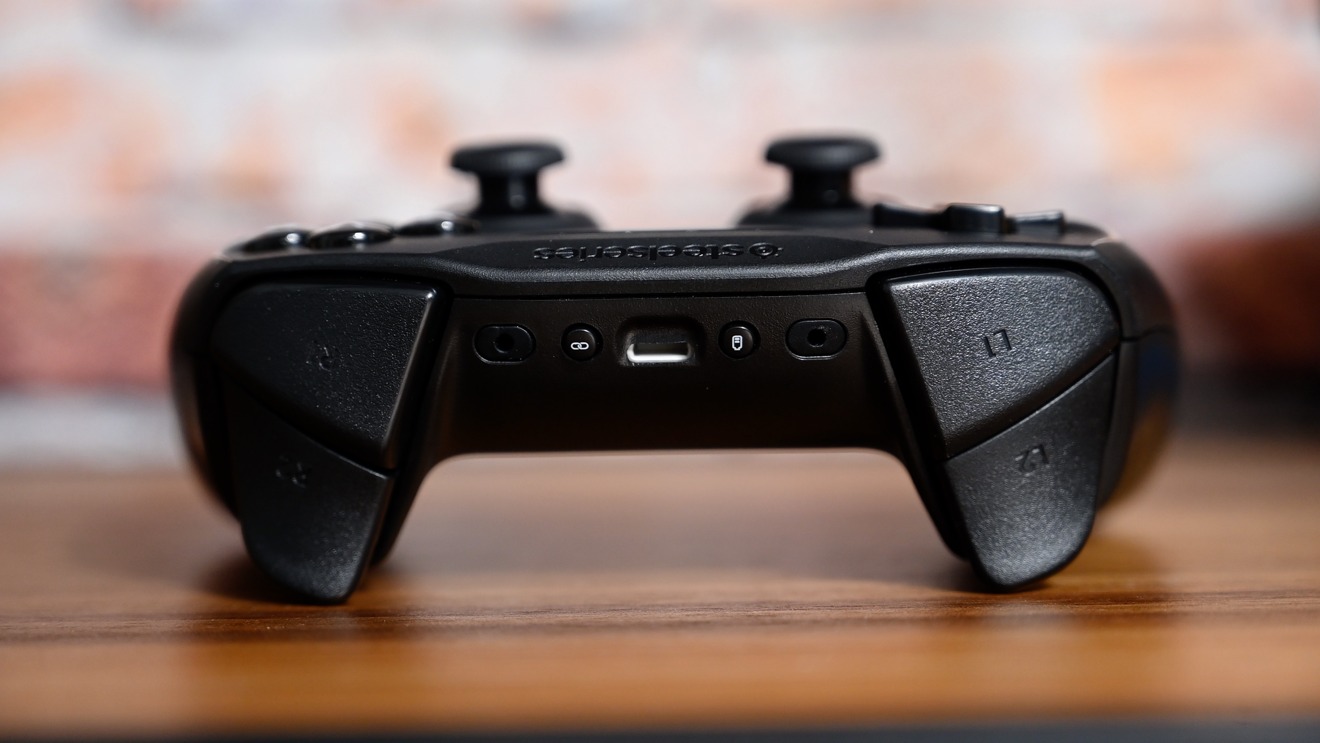
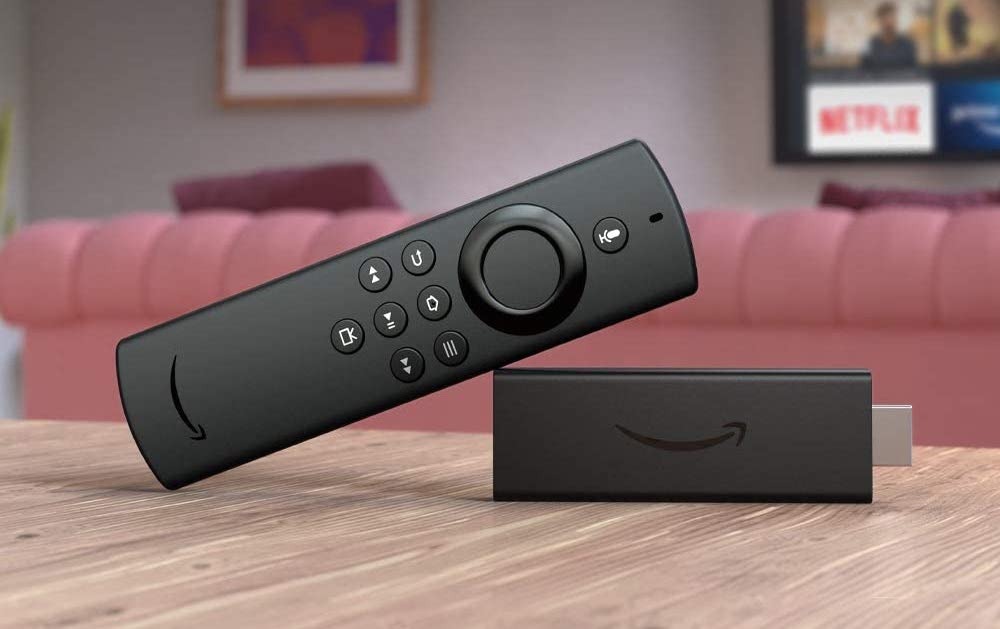
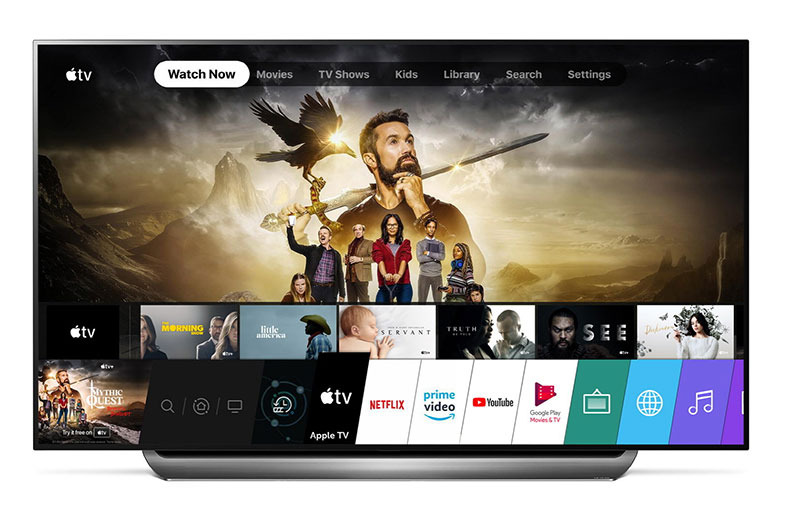







-m.jpg)






 Thomas Sibilly
Thomas Sibilly
 Wesley Hilliard
Wesley Hilliard
 Marko Zivkovic
Marko Zivkovic

 Malcolm Owen
Malcolm Owen

 Amber Neely
Amber Neely
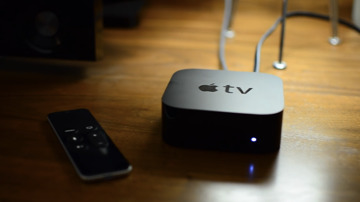









40 Comments
Another route is just to replace Apple TV with a wireless dongle that receives all its Apple TV content from another device, wirelessly, like a Mac or a HomePod.
I have played several Apple Arcade games on my 4K model - it's good, but a newer processor would be killer.
One of my more regular, if slightly odd uses, is to use the music app on my phone to control Airplay from the AppleTV to speakers in other rooms. The iOS14 interface for this kind of sucks though - you have to hit the Airplay "target", tap "Control Other Speakers & TVs", select the AppleTV, then go back into the Airplay "target" to add the remote speakers you want to play to. The previous Airplay interface just gave you a list of Airplay sources with all the possible destinations listed below. It was much faster to set up and break down.
Add "thread" for some of the newer smart bulbs, switches, etc. and a new ATV would be an even better HomeKit hub.
My vote is for a sound bar with different models. A basic model that does great sound plus the basic video streaming with audio input obviously and a gaming model with a higher powered processor that can do gaming well. And also a very low end dongle with the basics where everything plays through your tv as something to bring older tvs to be up to date.
Would love to see them go after the high end -- on the hardware side, the soundbar with exceptional spatial sound, on the gaming side, the latest Apple Silicon and combine this with an investment in 2-3 "must have" games. Think about the huge budget they used on TV+ original content and not worrying about an immediate payout. Some high end cinematic quality games would draw people to the platform.
Apple have the capability to break the AppleTV into different types.
2. A box for streaming plus games and hub. Same price as the current model
Apple did this with iPods and killed the other competition. The mini first and then the shuffle finished them off.